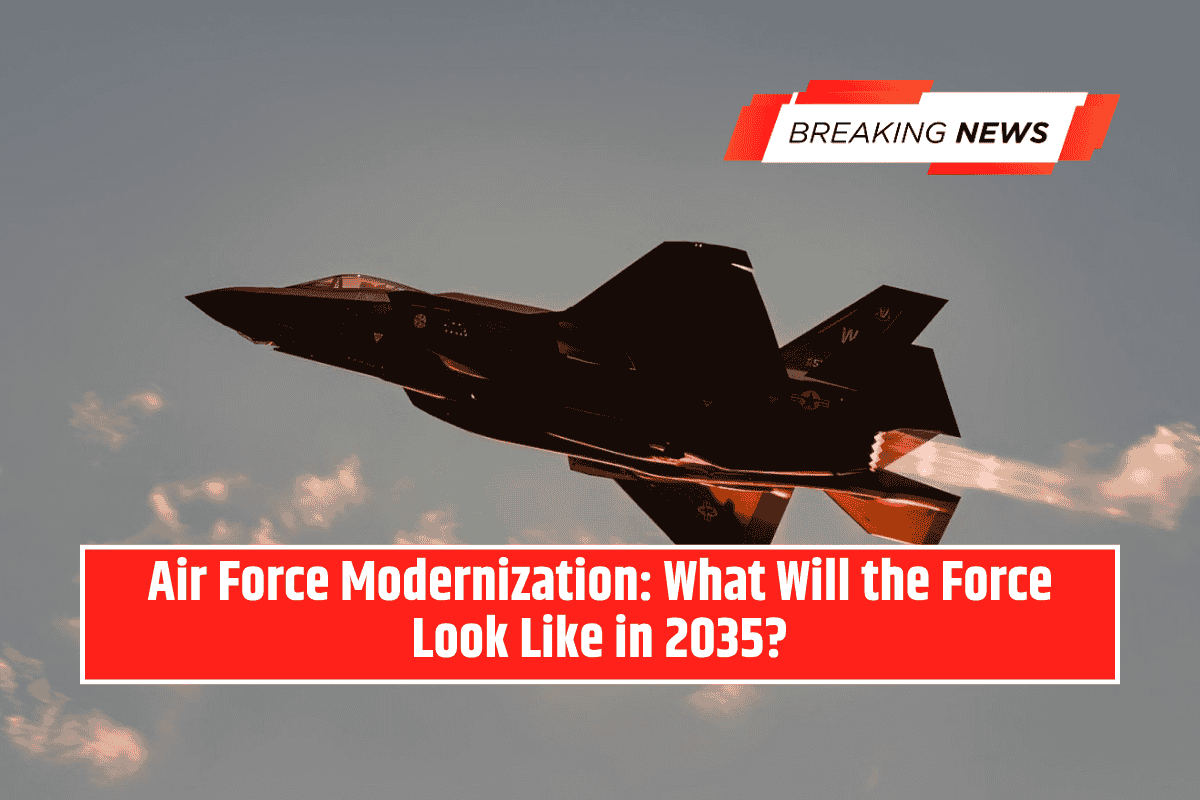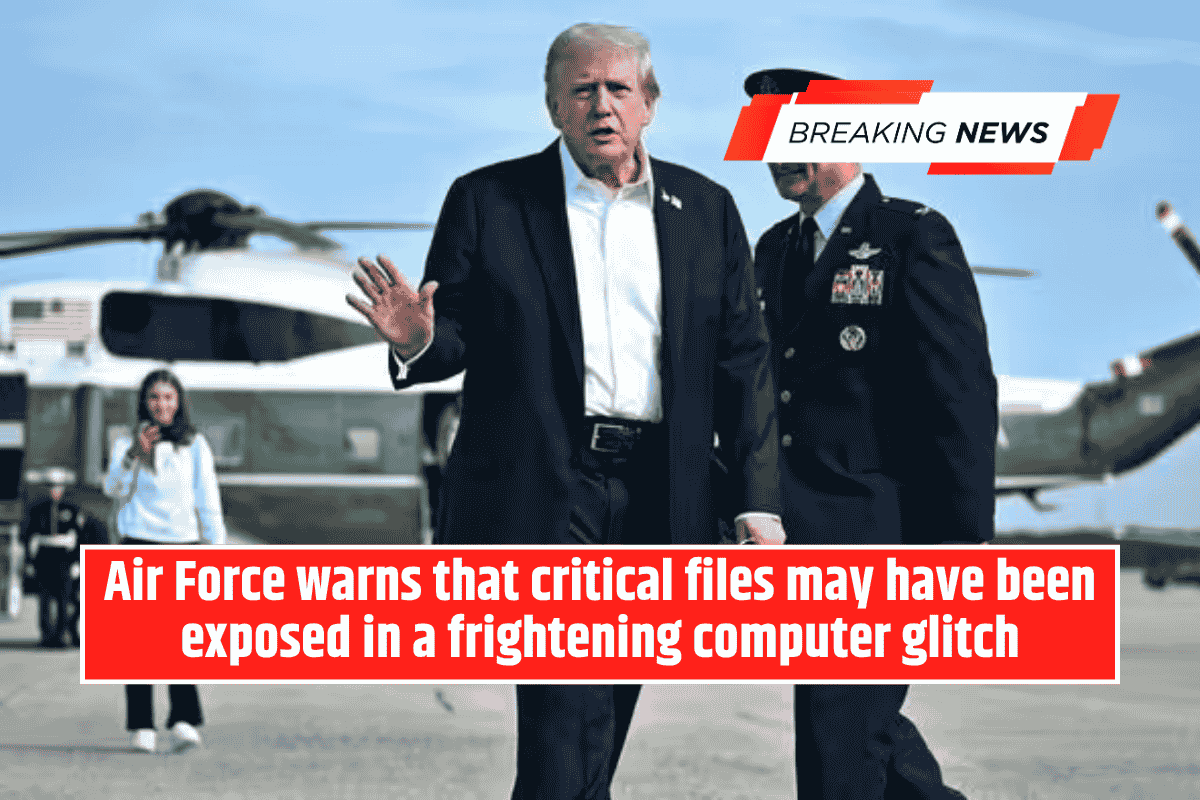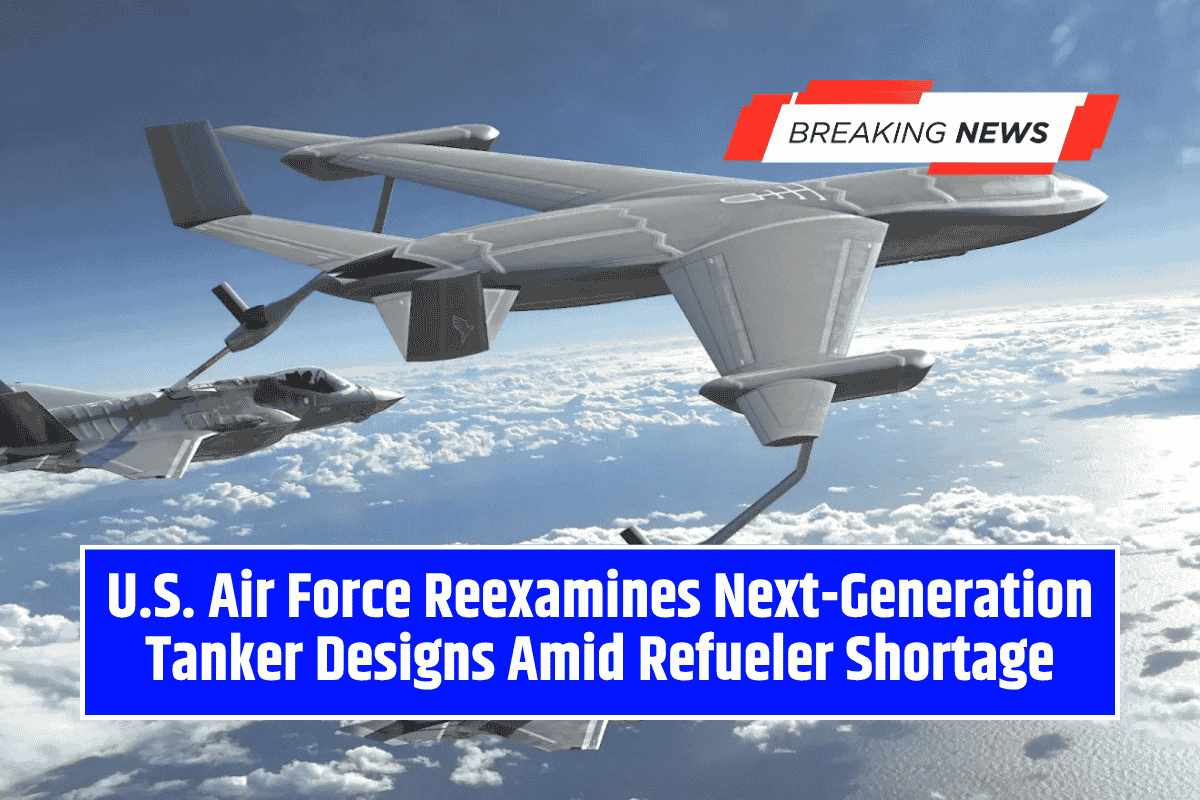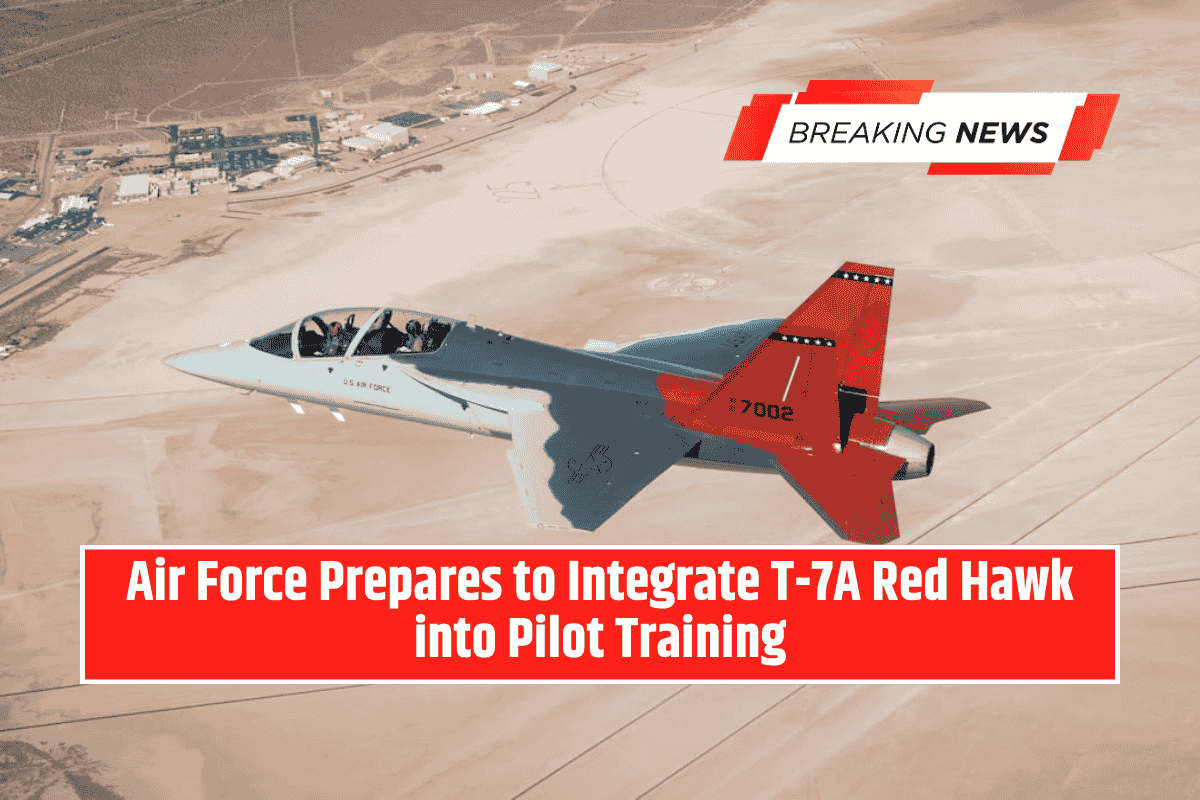The U.S. Air Force is pursuing a layered modernization approach to maintain dominance in the face of rising global competition, particularly from China.
By combining cutting-edge platforms with enhanced legacy systems, the service aims to create a force that is stealthier, more resilient, and capable of delivering more firepower over greater ranges.
Secretary Meink’s Warning
Secretary of the Air Force Troy Meink emphasized to lawmakers that the U.S. is at an “inflection point,” facing a strategic race against adversaries like China.
He stressed the need for rapid modernization, integrating advanced aircraft, hardened networks, and autonomous systems to ensure U.S. airpower supremacy.
Key Modernization Priorities
The Air Force’s modernization blueprint highlights:
- New Aircraft: The B-21 Raider stealth bomber and F-47 Next Generation Air Dominance (NGAD) fighter.
- Upgraded Legacy Platforms: The B-52J Stratofortress, F-15EX Eagle II, F-22 “Super Raptor,” and upgraded F-35 “Ferrari” variant.
- Supporting Systems: Nuclear modernization with the Sentinel ICBM, improved data networks, software-driven upgrades, and autonomous drone integration.
The F-47 NGAD Fighter
The F-47 NGAD program introduces a software-driven development strategy, enabling rapid upgrades at lower costs compared to previous acquisition models.
Designed to command “loyal wingman” drones, the F-47 will blend stealth, advanced sensors, and flexible weapons integration. The first prototype is projected to fly in 2028, with Boeing leading production.
The B-21 Raider: Stealth for the Future
Northrop Grumman’s B-21 Raider will replace the B-2 Spirit and B-1 Lancer, serving as the backbone of the bomber fleet.
Compact, stealthy, and versatile, the B-21 is designed to penetrate advanced air defenses and operate effectively in contested environments, giving the U.S. a strategic edge in long-range strike capabilities.
The B-52J Stratofortress
Despite cost overruns, the B-52J remains central to U.S. strike power. New Rolls-Royce F130 engines, advanced radars, and expanded payload options will keep the aircraft flying into the 2050s.
Its large weapons capacity also makes it an ideal candidate to deploy unmanned systems and hypersonic weapons, extending its reach on the battlefield.
The F-15EX Eagle II
The Eagle II reinvigorates the F-15 line, bringing multi-role flexibility and potential as a drone coordinator.
With plans to integrate electronic warfare capabilities similar to the EA-18G Growler, the F-15EX could support suppression of enemy defenses and coordinate Collaborative Combat Aircraft (CCA) in contested environments.
The “Ferrari” F-35 Upgrade
Lockheed Martin plans to enhance the F-35 into what it calls a “Ferrari model,” delivering up to 80% of sixth-generation capability at half the cost of the F-47 NGAD.
These upgrades aim to keep the F-35 relevant for decades while providing a cost-effective alternative to the more expensive NGAD program.
The Super F-22 Concept
Lockheed Martin also envisions a “Super Raptor” upgrade for the F-22, incorporating advanced NGAD-inspired technologies. This would create a “fifth-generation plus” platform, combining improved stealth, range, and sensing capabilities to extend the fighter’s operational lifespan and effectiveness.
Balancing Technology and Budgets
While modernization comes with high costs, the Air Force believes its layered approach will maintain a decisive technological and training edge over rivals through the 2030s.
By integrating new platforms with enhanced legacy systems, the service aims to deter aggression, project power globally, and prevail in future conflicts.








